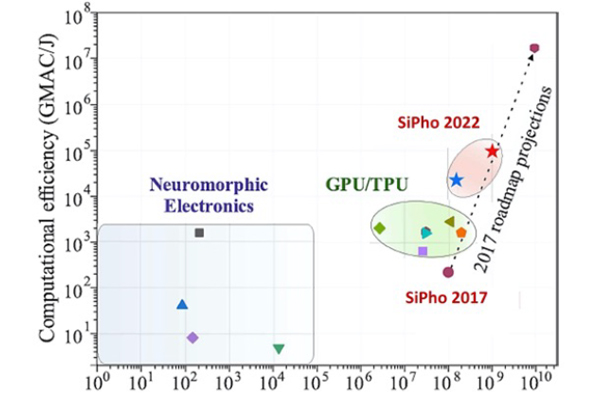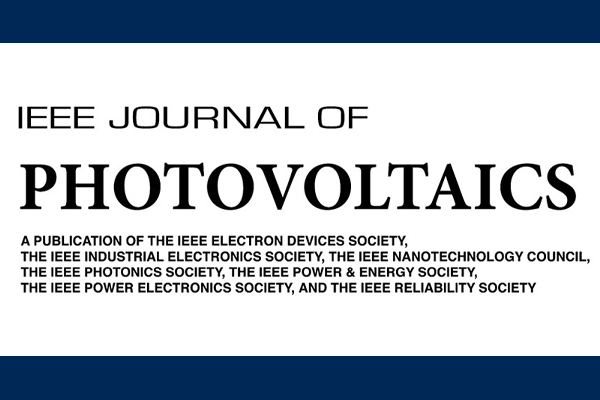Beth Kujan
Journal of Selected Topics in Quantum Electronics Vol 29, Issue 2 (2023)
https://ieeexplore.ieee.org/document/9980375

Artificial intelligence (AI) models are essential for sophisticated image classification, the most important part of digital analysis. The researchers who recently published “Universal Linear Optics Revisited: New Perspectives for Neuromorphic Computing with Silicon Photonics” have moved the needle for image classification. The speeds they’ve achieved on a new chip platform (silicon photonics) using the computational power of neural networks is impressive.
Nonetheless, pay attention here to the modal auxiliary verb “can.” Just because something can be done, questions remain. Will it be fast enough? Will it have sufficient accuracy? How energy efficient is it? Is the chip large and unwieldly? This research tackles them all.
One of the attributes of AI is that you can use it at the edge of the physical network; in a camera for example. A camera on a drone is an even better example. To enable a drone with AI, you want the on-board AI chip to be powerful, but energy efficient, small and lightweight, and able to do lots of complex math at lightning speed. That way, the drone can alert humans when something untoward is detected (cancer, a saboteur, damage to a train-track).
Meanwhile, in Greece, researchers have built a neuromorphic photonic processor computing at a speed of 50 GHz that is capable to classify images with ~95% accuracy. Let’s break this down, starting with the photonic part.
After Silicon Electronics? Silicon Photonics.
AI processor chips often start life as graphic processing units (GPUs) for high-end video games or tensor processing units (TPUs) which are specifically designed for neural networks, meaning computation mimicking the human brain. (Except that they like linear algebra!) However conventional processors use silicon electronics as the physical platform, which is reaching quantum limitations.
Switching from electrons to photons increases computational ability because the speed of light is so much faster than the speed of electrons. It’s more energy efficient too. The “wires” don’t heat up. The physics of light can be used for matrix-vector multiplication operations, the computational backbone of neural networks.
After Conventional Math? Neuromorphic Computing with Trillions of Operations per Second
Now the neuromorphic part. The Greek research team, along with Celestial AI, developed a novel design for the chip using a crossbar layout. The layout outperforms the state-of-the-art photonic counterparts in terms of scalability, technical versatility, ease of programming and error tolerance. Said differently, by combining the crossbar layout’s architectural benefits with SiGe electro-absorption modulators employed in their first prototype, the researchers project that a purely optical implementation can perform trillions of matrix-vector multiplications per second, without sacrificing the processing accuracy, while consuming very low power.
Compared with six years ago, silicon photonics is in a much better position to pull neural morphic processors from their currently low computational and physical size (footprint) efficiency to less unwieldy. Notice in Figure 1 the placement of IBM’s TrueNorth chip, Intel’s Loihi chip, the HICANN (High Input Count Analog Neural Network) chip from Germany’s Heidelberg University and Stanford U’s neurogrid device. Compare it to the crossbar-layout chips discussed here, which are falling right along silicon photonics roadmap in terms of computation and size efficiency. The synergy of powerful photonics with the novel crossbar architecture can enable next generation neuromorphic computing engines. Let’s change that that modal auxiliary verb to “will.”





